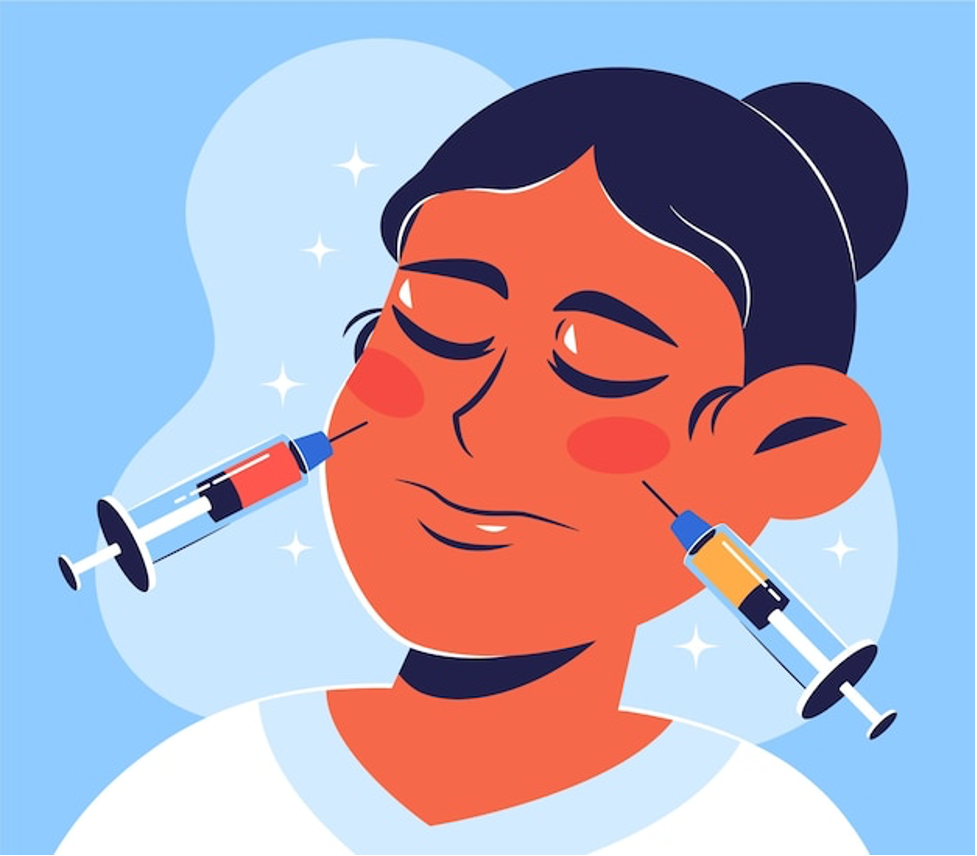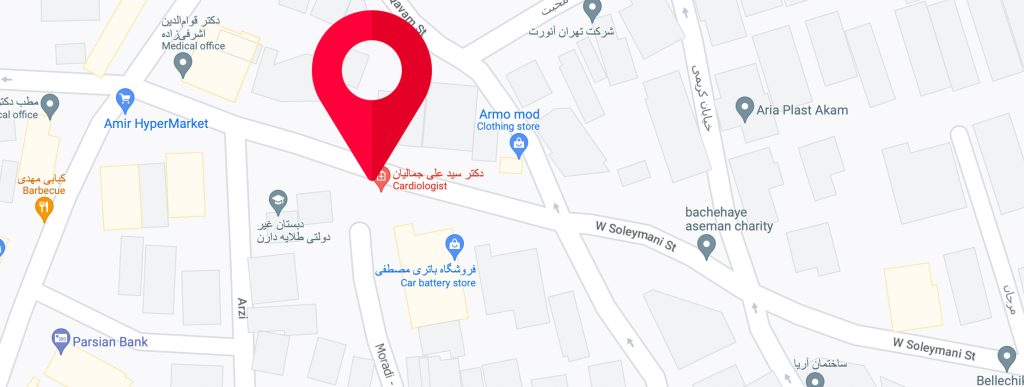Botox is a drug that temporarily paralyzes muscles. In low doses, it can reduce skin wrinkles and help treat a wide range of medical conditions, including eyelid spasms, Raynaud’s disease, and some types of migraines.
Botox is a protein made from botulinum toxin produced by the bacterium Clostridium botulinum. This is the same toxin that causes botulism.
Botox is a poison, but it can have benefits when doctors use it correctly and in low doses. It has both cosmetic and medical uses.
As a cosmetic treatment, Botox injections can reduce skin wrinkles.
Also, the Food and Drug Administration (FDA) has approved it as a treatment for various health problems, including eyelid spasms, excessive sweating, certain bladder disorders, and migraines.
In this article, we explain how Botox works and examine its uses, side effects, and other risks.
What is Botox?
Image credit: Leren Lu/Getty Images
Botox is derived from the bacterium C. botulinum, which exists in many natural environments, including soil, lakes, forests, and the intestinal tracts of mammals and fish.
- botulinum bacteria and spores are naturally harmless. Problems arise only when the spores transform and the cell population increases. At a certain point, the bacteria begin to produce botulinum toxin, the deadly neurotoxin responsible for botulism.
Botulinum toxin is very dangerous. Some scientists have estimated that 1 gram of a reliable source of the crystalline form of this toxin can kill 1 million people, and a few kilograms can kill every human on the planet.

However, when used appropriately in a therapeutic context, Botox is safe and has few side effects, according to the American Osteopathic College of Dermatology.
Manufacturers inject Botox with very low doses of botulinum toxin. This drug can temporarily paralyze muscles, which can be helpful for people with various muscle or nerve disorders.
People commonly use the term “Botox” to describe all of these products, although Botox is a registered trademark owned by a company.
how it works?
Botox is a neurotoxin. These substances target the nervous system and disrupt the nerve signaling processes that stimulate muscle contraction. This is how the drug causes temporary muscle paralysis.
In order for any muscle to contract, nerves release a chemical messenger called acetylcholine at the junction of the nerve endings with the muscle cells. Acetylcholine binds to muscle cell receptors and causes the cells to contract or shorten.
Botox injections prevent the release of acetylcholine, which prevents the contraction of muscle cells. In this way, the toxin helps the muscles become less stiff.
Cosmetic uses
The first use of Botox is to reduce facial wrinkles.
According to the American Board of Cosmetic Surgery, Botox injections are the most popular cosmetic procedure nationwide. In 2016, more than 7 million people were treated with Botox.
The effects are temporary, depending on the type of treatment, lasting 3 to 12 months.
People often request injections in the following areas:
Wrinkles between the eyebrows, which are called frown lines, glabellar lines or eleven
Wrinkle
Around the eyes, known as crow’s feet
Horizontal folds on the forehead
Lines at the corners of the mouth
“Stone” skin on the chin
However, the FDA has only approved these injections for use around the eyes and forehead.
Research has not shown whether Botox can improve dark circles under the eyes. Learn more here

Some people also try Botox to improve the appearance of their hair. However, there is little evidence that this works. Learn more here.
Medical expenses
Healthcare professionals also use Botox to treat a variety of conditions, most of which affect the neuromuscular system.
The FDA has approved Botox for the following conditions: Unless otherwise specified, this approval is for use in persons 18 years of age or older:
Upper limb spasticity, in people over 2 years old
Crossed eyes or strabismus in people over 12 years old
Excessive underarm sweating or hyperhidrosis
Migraine prevention in people whose migraine headaches last at least 4 hours on 15 or more days per month.
Alleviation of symptoms of overactive bladder due to a neurological disease if anticholinergic drugs do not help
Eyelid spasm or blepharospasm due to dystonia
A neurological movement disorder called cervical dystonia that affects the head and causes neck pain
Some people get Botox injections for illegal or unlicensed uses, including as a treatment for:
alopecia
A sure source of sialorrhea, which involves excessive saliva production
Psoriasis
Dyshidrotic eczema involving the palms and soles
Anismus, dysfunction of the anal muscle
Neuralgia after herpes
Vulvodynia, pain and discomfort in the vagina without a specific cause
Raynaud’s disease, which affects blood circulation
Achalasia, a problem in the throat that makes swallowing difficult
Other conditions
Other medical issues and conditions that may benefit from off-label use of Botox include:
Redness and flushing of the face, including during menopause
Keloids and scars from wound healing
Hidradenitis suppurativa, an inflammatory skin disease
Bullous lesions caused by Hailey-Hailey disease, a rare genetic disorder
However, more research is needed to confirm that Botox is safe and effective for off-label uses. Scientists must also develop appropriate ways to deliver treatment in each case.
Method
Doctors use botulinum toxin by diluting the powder in saline and injecting it directly into the neuromuscular tissue.
It takes 24 to 72 hours for the poison to take effect. Rarely, it may take up to 5 days for full effects to appear. Depending on the type of treatment, it may take 3 to 12 months.
People should avoid using Botox if they are pregnant or breastfeeding, or if they have ever had an allergic reaction to the drug or any of its ingredients.
What are the safety concerns about botox while breastfeeding? Find out here.
Cost, time and effectiveness
The cost of Botox depends on several factors, including:
Whether for medical or cosmetic purposes
that does the treatment
Where the treatment is done
Number of Botox units involved
For cosmetic use, the American Society for Aesthetic Plastic Surgery noted in 2016 that on average:

Botox treatment for frown lines or crow’s feet cost $376
This procedure took 30 minutes
Improvement appeared in 1-5 days
It was necessary to repeat the treatment every 4 to 6 months
The person can immediately return to work
Medicare covers the cost of Botox for medical purposes that doctors deem necessary. However, due to the potentially high cost, it is important to confirm that the treatment is covered before the appointment.
When considering Botox for any reason, it’s important to make sure the provider is a qualified professional with the proper training.
For people looking for cosmetic Botox, the American Academy of Facial Beauty has a locator function that can help.
Anyone who believes Botox may be helping with a medical condition should talk to their doctor.
Risks and side effects
People usually tolerate Botox injections well, and side effects are uncommon.
However, depending on the reason for the injection and the individual’s response, botulinum toxin can cause unwanted side effects, including:
Dry eyes, following cosmetic applications
stomach discomfort
numb
Mild pain, swelling, or bruising around the injection site
Headache
Temporary eyelid droop
Unwanted temporary weakness or paralysis in adjacent muscles
Urinary problems after treatment of urinary incontinence
Worsening of neuromuscular disorders
Absence of spatial orientation or diplopia after strabismus treatment
Corneal ulcer after blepharitis treatment
Cardiovascular events, such as arrhythmia and myocardial infarction
People who have Botox should not use Botox:
Allergy or sensitivity to it
Infection at the injection site
Depending on the type of treatment, there is concern that the effects of Botox may spread
outside the injection site, possibly leading to symptoms such as difficulty breathing.
This is more likely in some people than others, and genetic factors may play a role.
Also, some people injected with botulinum toxin type A develop reliable source antibodies to the toxin that make subsequent treatments ineffective.
Summary
Botox has cosmetic and medical uses. It can reduce the appearance of wrinkles and help treat some disorders related to the nervous and muscular system.
If someone wants to try Botox, it’s a good idea to talk to a healthcare provider about the risks, costs, and other considerations.

